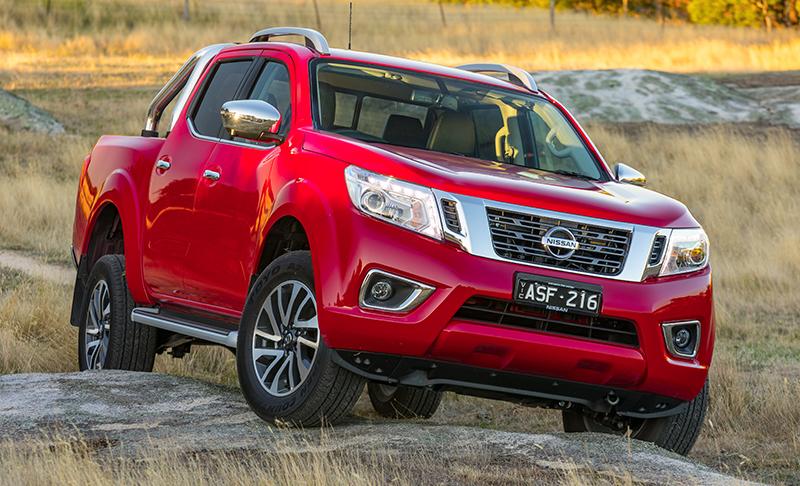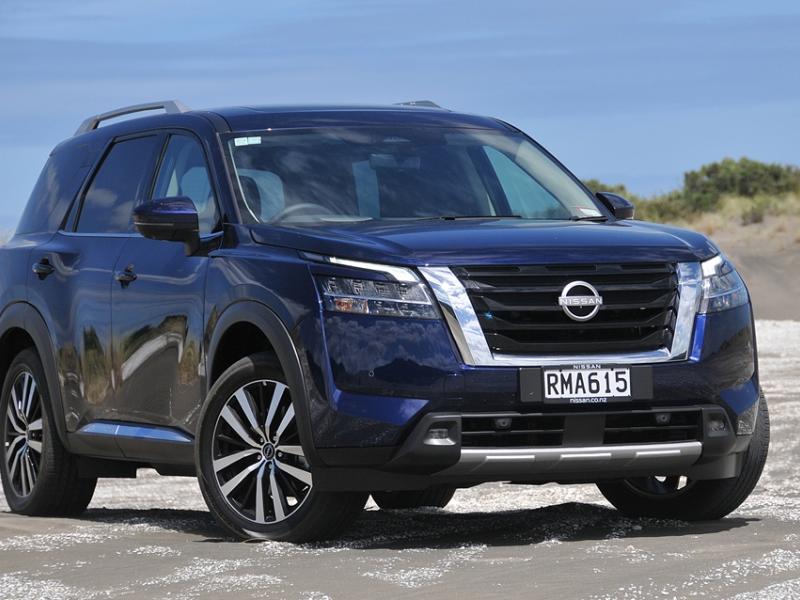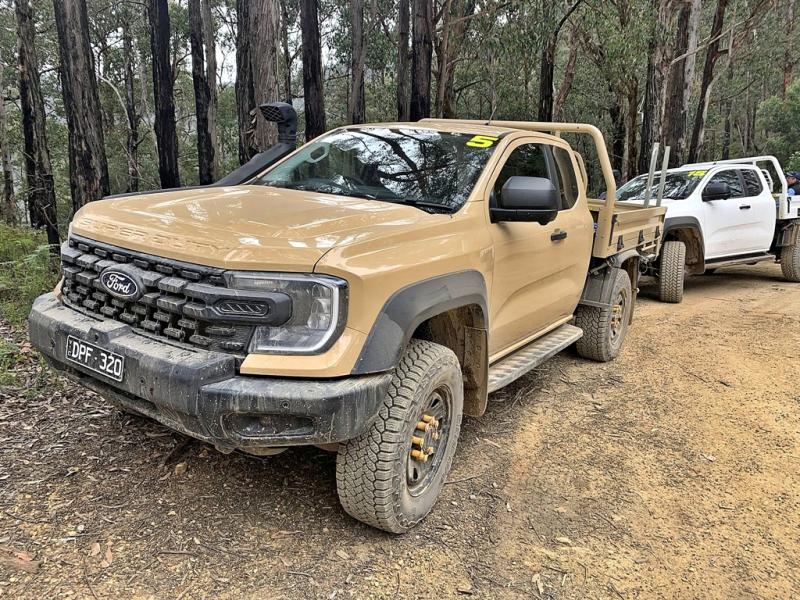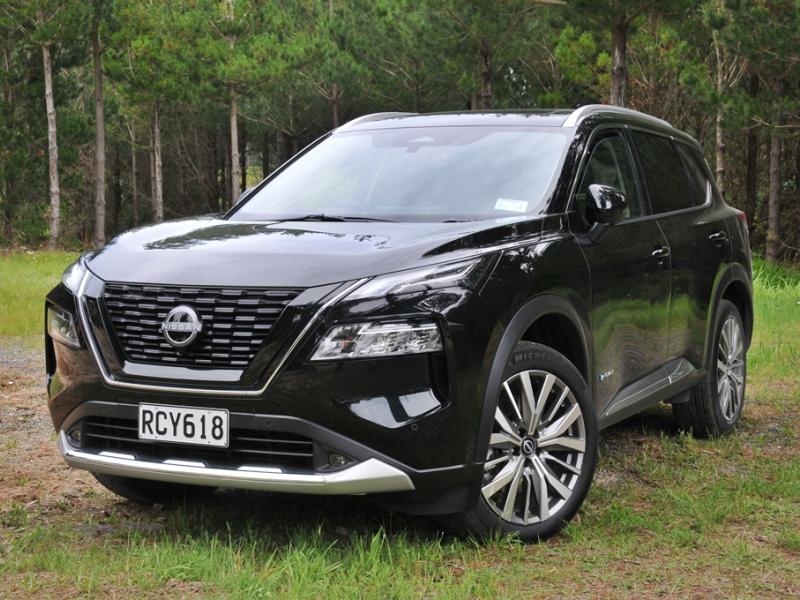Mid model cycle upgrades are all the rage with ute makers these days. Nissan’s NP300 Navara is the latest DC TD (double cab turbo diesel) to benefit from a freshen up.
Story and photos by Damien O’Carroll
With the launch of the new-generation Navara NP300 back in 2014, Nissan was the first manufacturer to offer a coil spring rear suspension set up in a ute, something that it was understandably proud of.
After all, the coil spring set up could carry and tow as much as a traditional leaf spring one, yet would also offer superior ride and handling. Or so the theory went.
As it turned out, however, things didn’t quite add up to that theoretical outcome and the Navara was found wanting when it had a load in the tray or was towing. Which is something utes are expected to do on a regular basis, really.
Even the unladen ride quality was well behind the leaf-sprung competition, so something needed to be done.
Unfortunately changing things like a suspension set up isn’t exactly the work of a moment, but now Nissan have released a revised version of the Navara that it is confident has resolved the issues that were holding it back.
What Aussie wants…..
Because, in this part of the world, we tend to use our utes to carry and tow far more than a lot of other markets it should come as no real surprise that the suspension revision was undertaken at the insistence of Nissan Australia, which saw much testing done in central Victoria, meaning that the roads are actually rather similar to our own here in New Zealand.
The new suspension set up has been developed specifically for the double cab SL, ST and ST-X models and features a new dual spring rate system, the first stage of which has a slower spring rate that allows for a more comfortable ride either unladen or with a light load, while the second stage has a higher spring rate that allows for heavier loads without compromising ride or handling.
Nissan has also incorporated a dynamic rebound damper. When fully loaded the damper is designed to contact the chassis rail which causes the damper to compress and the resistance to increase – reducing lateral body movement and, according to Nissan, improving the Navara’s handling and stability.
Demon tweaks
The Navara has also come in for a few tweaks to its steering, including a lower ratio (19.0:1, down from 21.5:1).
One of the side effects of the new suspension set up is the fact that the rear of the Navara now sits 25mm higher than the previous version when unladen, while not dropping anywhere near as much as the old truck when carrying a full load, now sitting a remarkable 40mm higher at its lowest point.
However, this has no real effect on the Navara’s off road ability, and it is still one of the lower-riding utes in the segment, with the least in the way of wading depths - only 450mm compared to the likes of the Ford Ranger’s (admittedly rather impressive) 800mm.
The new suspension does improve the Navara’s off road ride, particularly on rutted gravel tracks and even more so with a load in the tray or towing, which is where it impresses the most.
Nissan had provided a number of unladen Navaras at the launch event, along with some carrying 650kg in the tray and more still towing between 1,000 and 1,600kg on trailers. With 650kg on the back the Navara was even more composed and comfortable, particularly on some of the rough gravel sections of the drive route.
Unfazed
And it was on those gravel sections that it shone particularly bright with a hefty trailer on the back as well. Here it remained nicely composed and comfortable, unfazed by the loose surface and roughly 1,200kgs we had out the back.
Overall, the changes have massively improved the Navara’s ability to haul a load without compromising its handling in any way, and even managing to improve its ride quality, both laden and unladen, which is particularly impressive.
Along with the mechanical tweaks, the Navara also gets a load of new safety and driver assist systems for 2018, including a 360 degree “Around View” monitor (standard on the ST-X), second row ISOFix child seat mounting points (on all Dual Cab versions) and expanded availability of rear view cameras (now standard on all pick up variants) and satellite navigation (added to King Cab ST).
From June 2018 all SL, ST and ST-X models will also feature a new digital speedometer and extra (or repositioned, depending on the model) tie-down points to help better secure a load.
Engines and transmissions remain the unchanged across the range, with the RX retaining the 120kW/403Nm single turbo version of the 2.3-litre diesel engine, while everything else keeps the 140kW/450Nm twin-turbo version, with a choice of either a six-speed manual or a seven-speed automatic.
While it looks the same as before, the 2018 Navara is a far better vehicle than it was and is now a convincing competitor in the ute segment.
The 2018 Navara range starts at $37,990 for the 2WD RX single cab chassis manual and tops out with the 4WD ST-X double cab well side at $64,490.
To read every story in the May 2018 issue of NZ4WD go to Zinio.com (April 13) or purchase your own hard copy at the Adrenalin store.







